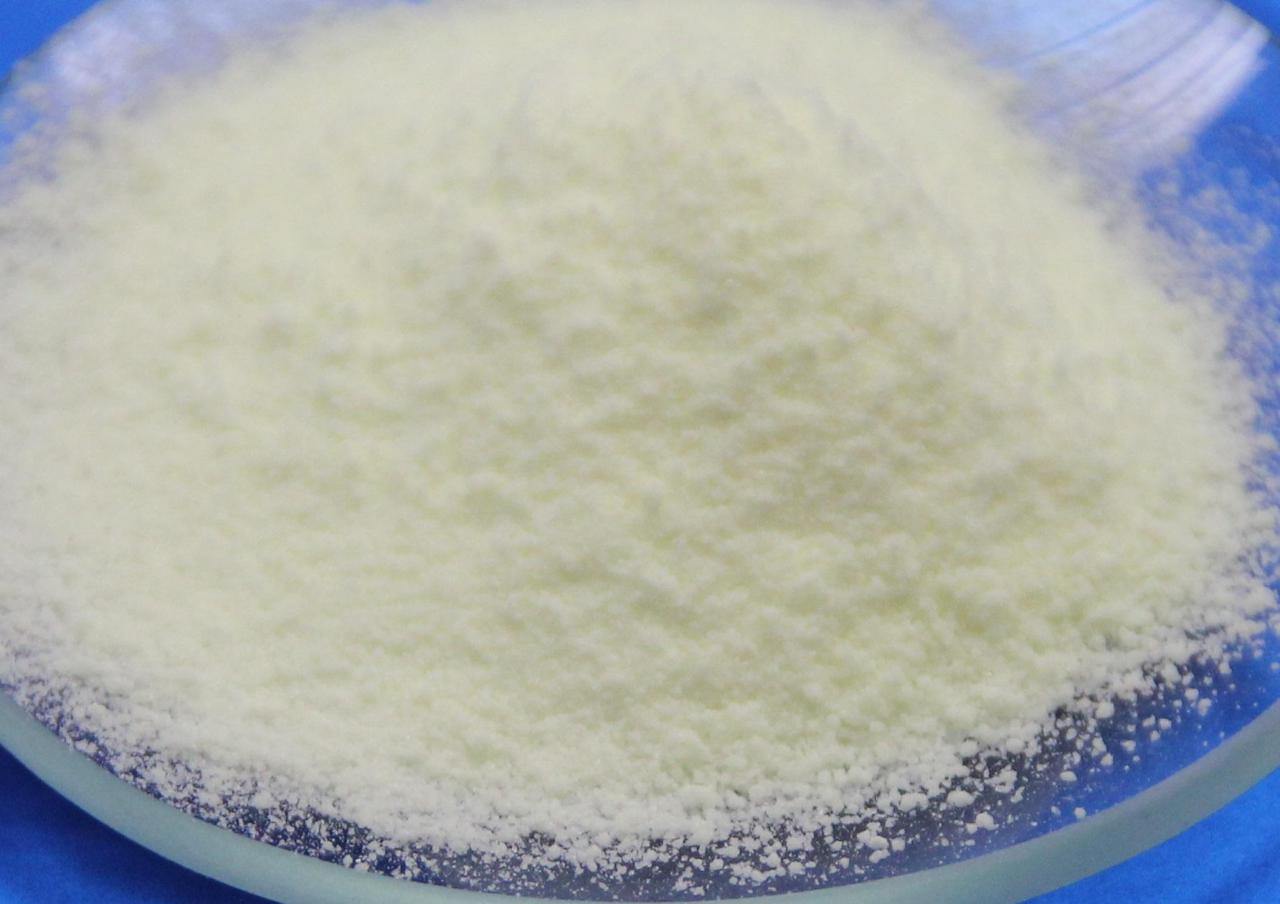” >As the main light-absorbing substance, the photoinitiator is light Key components in polymerization systems. The more the photoinitiator absorption peak overlaps with the UV the more the main emission bands of the LED light source overlap, the better the light The higher the degree of intensification of the initiator’s effective radiation.
” >Introduction to photoinitiators
” >Photoinitiator (Photoinitiator), also known as photosensitizer or photocuring agent, is a type of photoinitiator that can 250-420nm) or visible light region (400-800nm) absorbs energy of a certain wavelength to generate free radicals, cations, etc., thereby initiating monomer polymerization, cross-linking and curing. Photoinitiators are mainly used in photocuring (UV curing) technology in the radiation curing industry. They have a great impact on the specific curing rate of the UV system and occupy an important position in the photocuring system. Photoinitiators are mainly divided into two categories according to the active intermediates produced after absorbing light energy. Among them, free radical photoinitiators have the widest application range. According to the type of absorbed radiation, it can be divided into ultraviolet light initiators and visible light initiators.
” >
” >Photoinitiator effect
” >In the entire photopolymerization system, photoinitiator accounts for a small proportion, but it is an indispensable and important component. Its absorption Wavelength, molar extinction coefficient and photoreactivity have obvious effects on photoinitiation performance. In addition, photoinitiators have a greater impact on the curing speed, yellowing tendency and cost of the system. After absorbing light energy, the photoinitiator molecules mainly produce active species through relevant chemical reactions in the excited triplet state, triggering the polymerization of the system, thereby forming a cross-linked network structure.
” >Photoinitiators and UVLED matching
” >PhotoinitiatorThe more the absorption peak overlaps with the main emission band of the light source, the higher the intensity of the effective radiation of the photoinitiator, the better the effect of increasing the curing rate of the ink. UV-LED wave peaks are narrow , the radiation energy is concentrated in a narrow ultraviolet spectrum segment, so UV curing can only be concentrated in a narrow range of the ultraviolet spectrum. At present, the wavelengths of UV-LED curing light sources mainly include 365nm, 375nm, 385nm, 395nm and 405nm, each wavelength The emission band width of the light source is approximately 10nm, and most photoinitiators currently on the market have strong absorption at 300-370nm and poor light absorption performance in the range greater than 370nm, which leads to the UV-LED curing system. The problem of mismatch between the emission spectrum of the medium light source and the absorption spectrum of the traditional photoinitiator will eventually affect the initiation efficiency of the photoinitiator.
” >In addition, due toUVLED lamp power Small, especially short-wave UV-LED, has weak light output and low luminous efficiency, which reduces the sensitivity of the photoinitiator and affects the quantum efficiency of the photoinitiator’s luminescent chemical reaction.

 微信扫一扫打赏
微信扫一扫打赏

